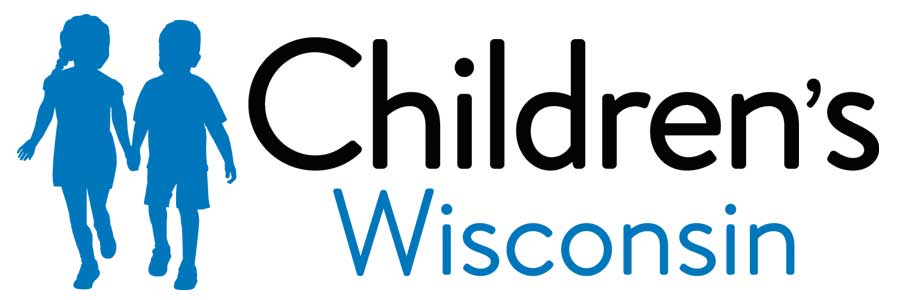Hydrocephalus
Key points below
What is hydrocephalus?
The brain and spinal cord are surrounded by cerebral spinal fluid (CSF). Cells in the brain and spinal cord make the fluid. The fluid flows through the ventricles around the brain and the spinal cord. The CSF is then absorbed into the body.
With hydrocephalus, the CSF builds up in the ventricles. This causes the ventricles to expand and push on the brain.
- Congenital hydrocephalus is there at birth
- Acquired hydrocephalus happens after birth. It is usually caused by a neurological condition or trauma.
The exact cause is not always known.
How is it diagnosed?
If hydrocephalus is suspected, other tests will be ordered. Tests may include:
- Ultrasound. Hydrocephalus may be seen on a routine ultrasound. The ventricles in the head will be larger than normal.
- Amniocentesis. With hydrocephalus there is a chance of chromosome issues. An amniocentesis may be ordered to look for these problems.
- Fetal magnetic resonance imaging study (MRI). A fetal MRI creates clearer images than ultrasound. Bone or dense tissue does not interfere with the image. There is no radiation in a fetal MRI. It is safe for you and your baby. If a baby is really active during the test, it can be hard to get good images.
How does hydrocephalus affect my baby?
Hydrocephalus can cause different kinds of challenges for children.
- Many babies with hydrocephalus have delayed gross motor development. This means they may roll over, crawl and walk a bit later than normal.
- Some babies may be diagnosed with other medical conditions along with hydrocephalus. These may include spina bifida, cerebral palsy and Dandy Walker malformation. These babies are at more risk for developmental delays.
How will my baby be delivered?
Your baby’s head growth and ventricle size will be watched closely during the rest of your pregnancy. A vaginal delivery will depend on your baby’s head size and well-being. Your doctor will let you know if a caesarian section is needed.
How is hydrocephalus treated?
Your baby will be watched closely after birth. Treatment will be needed if the ventricles keep expanding and the head grows too fast.
The most common treatment is a shunt. A shunt is a thin tube. One end of this tube is placed in the ventricle, and the other end goes under the skin. It drains into the abdominal cavity where the body can reabsorb the CSF. Many patients will need repeat surgeries to fix shunt problems during childhood.
There are other treatments like endoscopic third ventriculostomy (ETV) and choroid plexus coagulation (CPC) that can be used instead of a shunt under specific circumstances.
If your baby’s ventricles are large because of severe brain damage, we can discuss other treatment options, such as palliative care.
What is my baby’s long-term outlook?
Each child is different. Hydrocephalus can cause a wide range of cognitive and physical challenges. It highly depends on the cause of a child’s hydrocephalus. The keys to a good outcome are finding and treating it early.
As they grow, your baby will be closely watched by a pediatric specialty team. The team will be watching for motor and speech delays as well as learning disabilities. If needed, your baby can begin physical, occupational and speech therapies. Therapies can help with their development. With advances in medical treatment, therapies and school support services, children with hydrocephalus can grow up to live very happy lives.
